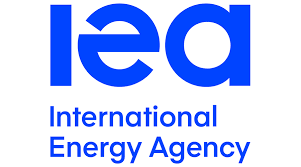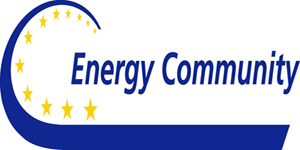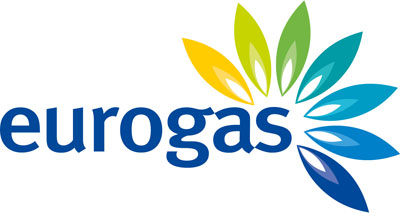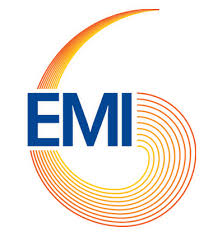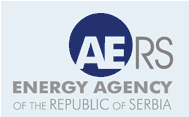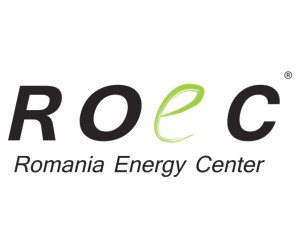Indonesian mid-CV thermal coal appears to be getting the upper hand over high-ash Australian coal in a battle for supremacy in the Chinese imports market, according to an analysis of S&P Global Platts price data.
FOB prices for Australian high-ash 5,500 kcal/kg NAR thermal coal which is mainly sold to China have slowly retreated to levels in the low $70s/mt after touching $80/mt in September and October.

Meanwhile, Indonesian 5,900 kcal/kg GAR thermal coal — broadly equivalent to 5,500 kcal/kg NAR — has continued to trade in the mid- to high- $80s/mt FOB, providing higher earnings to Kalimantan coal shippers.
Currently, the differential between the Indonesian 5,900 kcal/kg GAR grade and Newcastle 5,500 kcal/kg NAR high-ash product is at its widest since February at nearly $8/mt.
It is not unusual for Indonesian mid-CV thermal coal to trade at a significant premium to Australian high-ash product, as has happened for extended periods of time this year.
Most notable was in February when the premium rose to about $9/mt around China’s Lunar New Year holiday when Chinese demand for Australian 5,500 kcal/kg NAR coal slumped, but India kept buying Indonesian 5,900 kcal/kg GAR cargoes.
Another time was in May when Newcastle 5,500 kcal/kg NAR prices sank into the $60s/mt FOB at a time of strong hydro-electric power generation in China, and the premium rose to $7/mt.
Over the past calendar year the premium for Indonesian mid-CV product over Australian high-ash coal has averaged about $3.50/mt, according to Platts prices.

FREIGHT ADVANTAGE
Some of the elevation in Indonesian 5,900 kcal/kg GAR FOB prices can be explained by the relatively shorter sea voyage for Indonesian thermal coal traveling to China compared with Newcastle to China.
There could be another factor at play driving relative FOB prices for Indonesian and high-ash Australian thermal coal — increasing competition in China’s import market.
When rebased to 5,500 kcal/kg NAR — the same calorific value as Australian high-ash cargoes — delivered-China prices for Indonesian 4,700 kcal/kg NAR coal have more or less moved in step with its competitor over the past year.
The two different origins are trading around $82-$83/mt CFR South China on a 5,500 kcal/kg NAR delivered basis, down from about $86-$88/mt in early November.
What is interesting to note is that since early April Indonesian cargoes have consistently undercut Australian in delivered-China price terms by around $1-$2, or up to $4-$5 in parts of July and August.
Could the competitive behavior of Australian and Indonesian thermal coal in the Chinese import trade be an excellent illustration of economist Adam Smith’s Hidden Hand of the market?
Smith said the ‘hidden hand’ of human self-interest was a driver of market change including prices, and produced benefits to society beyond simple profit and loss, for example consumer choice, and the efficient allocation of resources.
Silently and efficiently the market’s hidden hand has been working to ensure the best allocation of cargoes of thermal coal in China’s vast energy market at optimum prices for consumers.
All this has been done without any directions from a central authority trying to second guess the market’s next moves.
*Perth, Australia-based journalist Mike Cooper leads S&P Global Platts thermal coal market coverage in Asia. As a senior editor he oversees price assessments for the China and Australian thermal coal markets, and he recently completed his MBA studies at the University of Western Australia.
(www.platts.com, November 29, 2017)

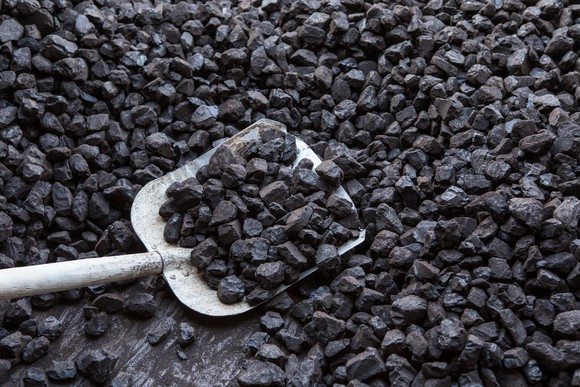 by Michael Cooper*
by Michael Cooper*
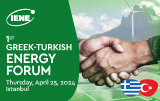
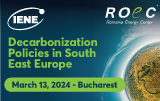
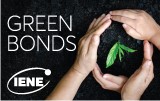
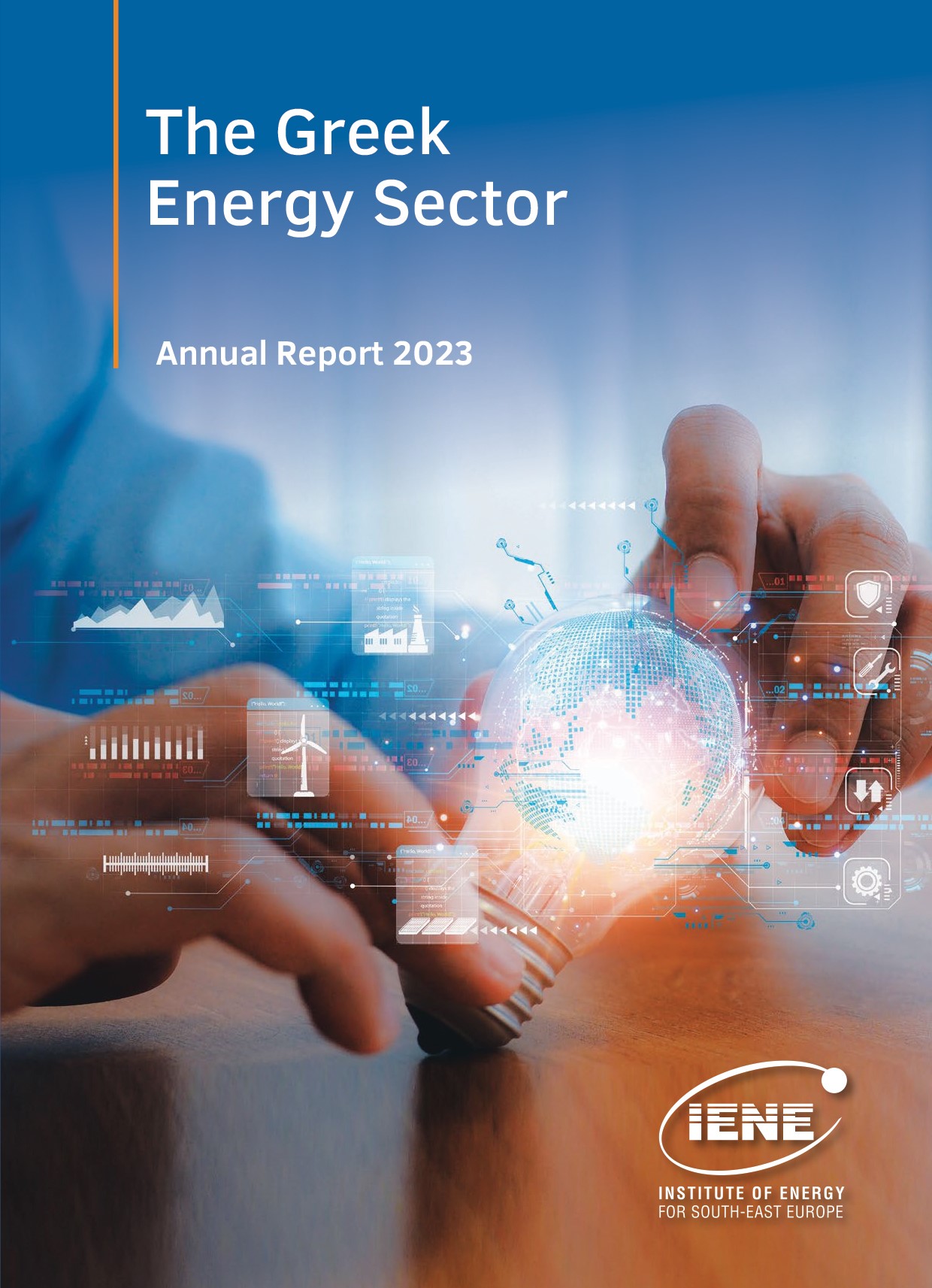
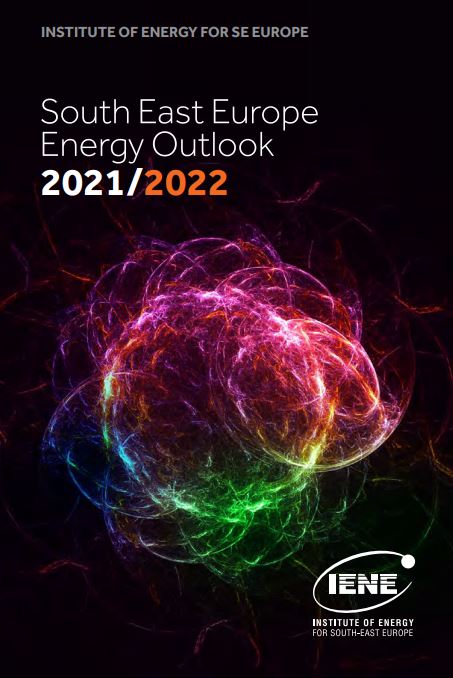
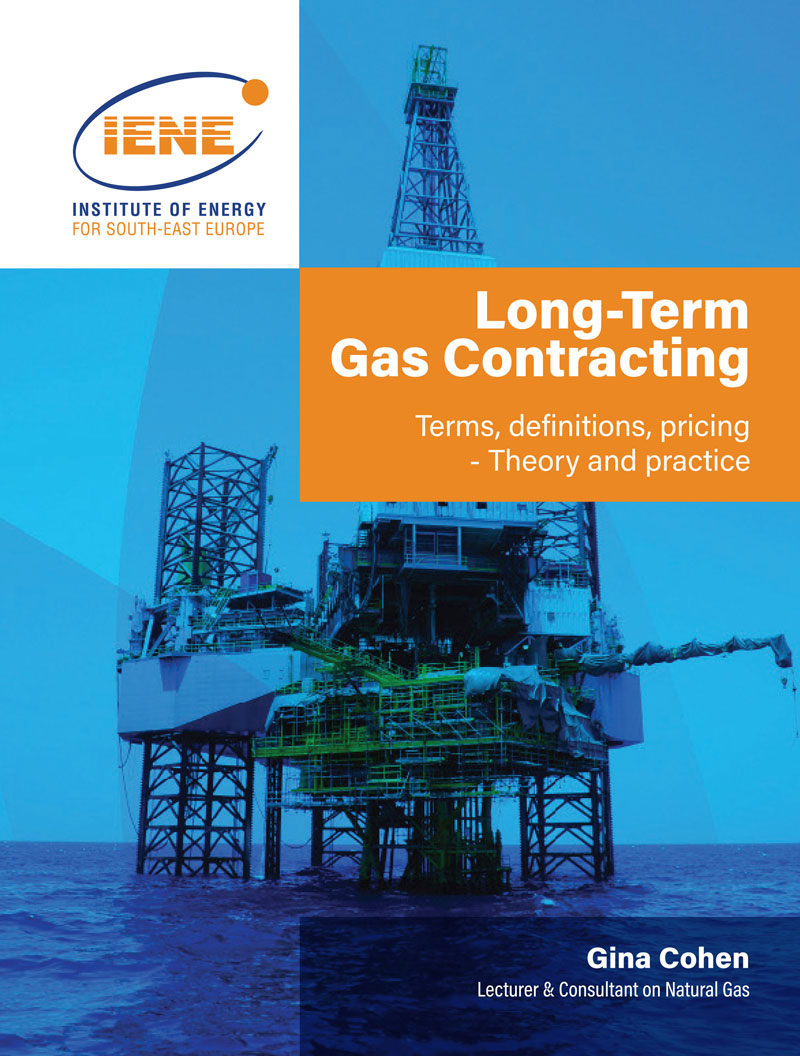 More
More
